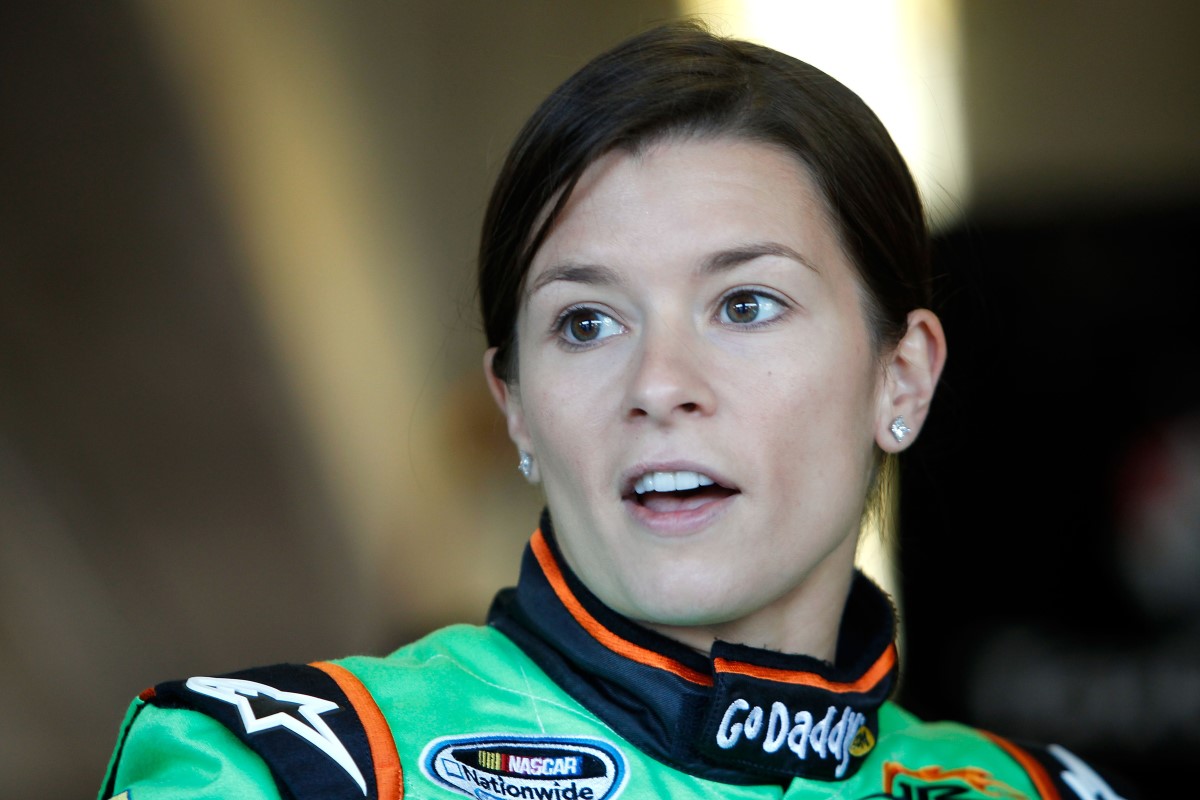So you want to be a NASCAR driver, part 3
 |
| Danica Patrick will surpass Dale Earnhardt Jr. as NASCAR's most popular driver |
So the Winter Hot Stove League has a new topic this year – “Hey, do you think that Danica can win the Daytona 500?" Honestly, some of the online blogs have started to look like ABC’s Indy 500 coverage: All Danica, all the time.
First, let me get this straight – I have nothing against Danica. She’s treated me professionally when I’ve been in press conferences with her. I think she’s a genius at marketing herself, and wish her the best in the future.
But the answer to the question is, “No, I don’t think that Danica will do well in NASCAR (but will make a lot of money)." In two previous articles on AutoRacing1.com, I’ve documented the woes of IndyCar drivers who went to NASCAR. I’m pretty sure that a couple of those drivers remember those articles, and perhaps one day they’ll stop sneering at me when I’m near them. But the reality is that, with one notable exception, IndyCar drivers suck in NASCAR, and the odds are staggering that Danica won’t be any different.
Before I document the dismal history, let me explain a few things. Jack Roush told me a couple of years ago that the current NASCAR “CoT" car has to be driven deep into a corner, deeper than most of our self-survival neurons will allow. Worse yet, they all need to be loose, and even drive down the front stretch with the outside rear hanging out. The steering inputs are incredibly large, and by IndyCar standards, incredibly slow. The driver sits farther back in the car, where they can sense and control oversteer . And, while telemetry is used in testing, it is forbidden on race weekends, and the driver must work with the team to set up the car.
By contrast, Indycars have a huge rear wing and big rear tires, with the intent that oversteer never happens. By the time an IndyCar driver feels oversteer the car has snapped around, and expensive stuff is about to happen. Indycars weigh about half of what a Cup car weighs. The steering inputs are lightning fast and very small. Finally, Indycars have real-time telemetry at all times, and engineers have a good idea what is going on with the car without waiting for driver input.
So we can see why many NASCAR drivers have sprint car backgrounds, where they learn to control a car sideways on dirt: Jeff Gordon, Robbie Gordon, Kasey Kahne, Ryan Newman, Ken Schrader, to name a few. Add to that number the sole “IndyCar" driver to successfully make the transition to NASCAR, Tony Stewart. Tony drove in 26 IndyCar races, winning 3 of them, albeit in the dark early days of the IRL. Obviously he’s been doing quite well in NASCAR since moving there, but Indiana residents remember Tony as the guy who won USAC’s three major divisions in one season – midgets, sprints and champ.
After that, we have (at least as I count it) 5 drivers who have gone from IndyCar to NASCAR and won at least one race: Juan Pablo Montoya (2 wins), Robbie Gordon (3 wins), John Andretti (2 wins), Casey Mears and Paul Menard (1 win each).
Then there are the dismal stories, like Sam Hornish, who won 19 races in IndyCar but averaged 27th in 109 ‘Cup starts. Or Dario, who has 30 IndyCar wins (10 in CART), but averaged 39th in 10 Cup starts. Honorable mention goes to Scott Speed, who went from F1 to NASCAR, and now pilots a “start and park" ride each week. All are regarded as better drivers than Danica.
So you tell me – how do you think that Danica will do in NASCAR?
